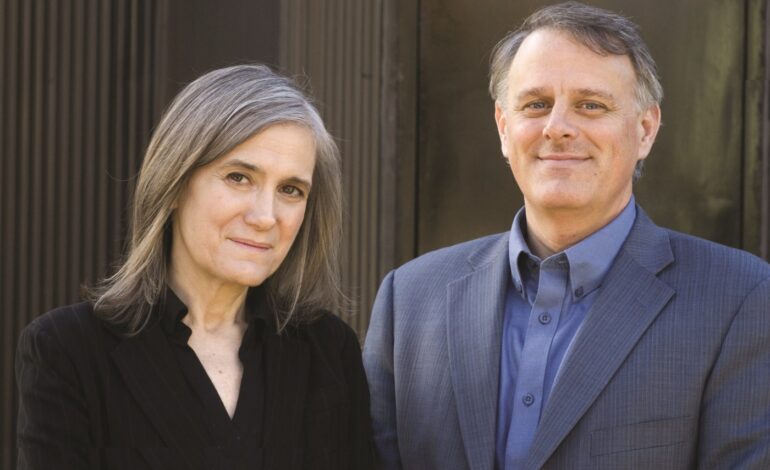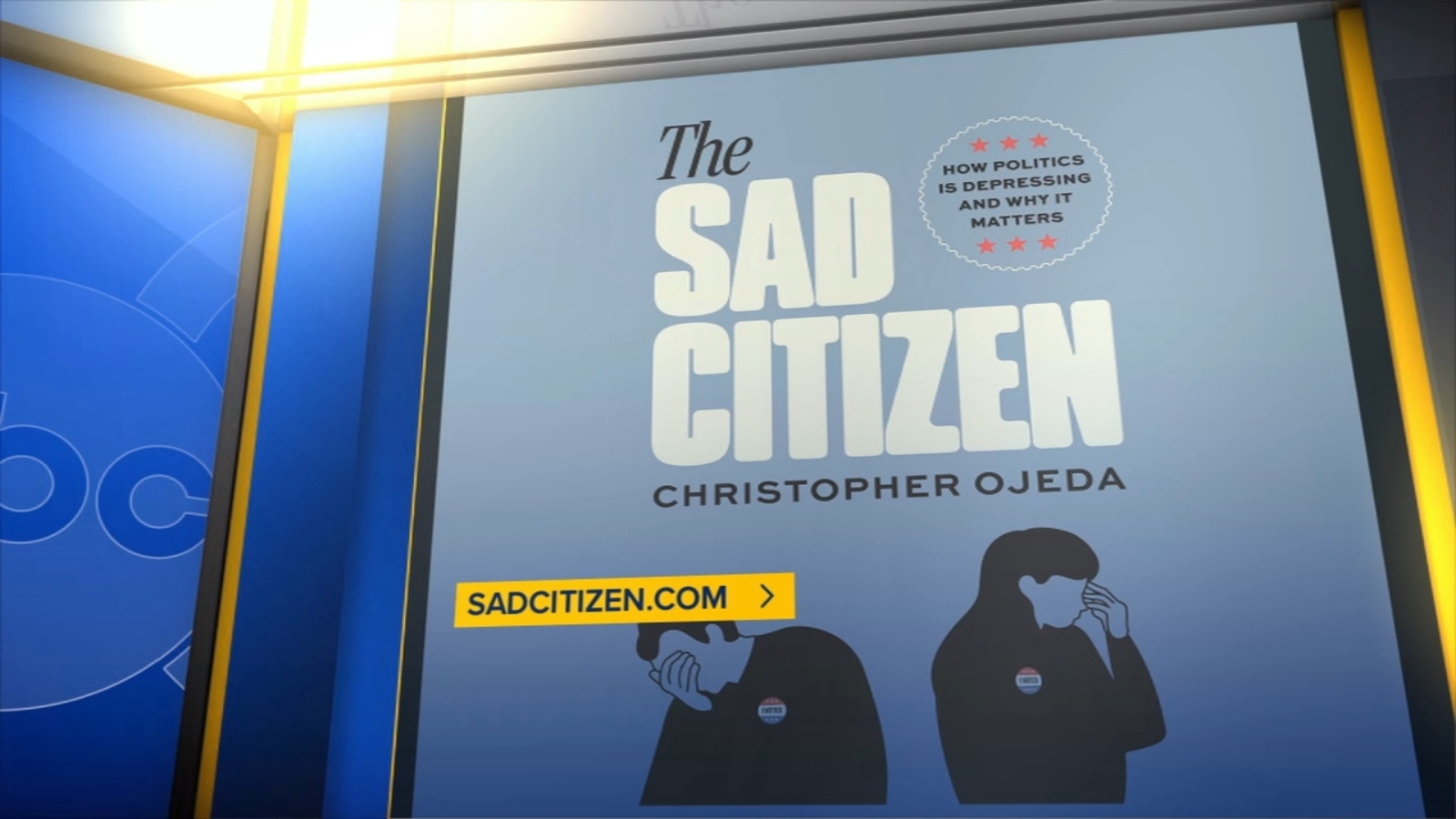Trump Critiques Smithsonian, Sparking Controversy Over History

On Tuesday, former President Donald Trump launched a direct attack on the educational narrative surrounding slavery in the United States, targeting the Smithsonian Institution. In a post on his social media platform, he criticized the institution for its portrayal of slavery, declaring, “The Smithsonian is OUT OF CONTROL, where everything discussed is how horrible our Country is, how bad Slavery was.” This statement has elicited strong reactions, as many view it as an attempt to downplay the significant historical impact of slavery.
The remarks come as part of a broader trend of revising historical narratives in the United States. Lonnie G. Bunch III, the 14th secretary of the Smithsonian and co-founder of the National Museum of African American History and Culture, emphasized the importance of accurately depicting slavery. In a previous interview, he spoke about the significance of finding real remnants of slave ships, such as the São José, which sank off the coast of Cape Town in 1794. Bunch’s efforts to educate the public are now overshadowed by Trump’s recent criticisms.
Trump’s visit to the African American Museum in 2017 left an impression on Bunch, who noted that the former president appeared “stunned” by the stories presented. Bunch had hoped that such experiences would foster a deeper understanding among influential figures. However, recent actions suggest that this hope has not materialized. In late March 2025, Trump signed an executive order targeting the Smithsonian, alleging that it has succumbed to a divisive, race-centered ideology. The order initiated a review of exhibits for what it termed “improper ideology.”
The implications of Trump’s statements extend beyond the Smithsonian. In Florida, Governor Ron DeSantis has proposed revisions to the state’s school curriculum that include instruction on how enslaved people developed skills that could benefit them personally. DeSantis defended this approach, asserting that it could highlight the positive aspects of individuals who overcame their circumstances.
Additionally, Trump’s former Defense Secretary Pete Hegseth has aligned himself with a Christian Nationalist movement that has made controversial claims about slavery. Hegseth has called for the restoration of monuments to Confederate figures, including Albert Pike, whose statue was removed during the racial justice protests of 2020. The National Park Service has announced plans to restore Pike’s statue, which raises concerns about the message this sends regarding the nation’s commitment to confronting its past.
The discourse surrounding historical education has shifted dramatically under Trump’s influence, with calls from some quarters to replace public broadcasting content with materials from right-wing media outlets, including PragerU. In one already disseminated clip, an animated figure of Christopher Columbus attempts to downplay the issues of slavery, asserting, “Being taken as a slave is better than being killed, no?”
Prominent historians have voiced their concerns regarding these developments. Annette Gordon-Reed, a Harvard University professor and Pulitzer Prize-winning author, described this trend as a “whitewashing of history.” With the current climate of historical revisionism, institutions like the Smithsonian are increasingly vital in preserving and presenting an accurate account of the nation’s history.
Bunch previously remarked that, in the context of Donald Trump’s presidency, the museum has evolved into a site of resistance and remembrance. As the nation grapples with its historical narratives, the role of educational institutions in fostering understanding and accountability remains crucial. They serve not only to commemorate the past but also to engage new generations in the ongoing struggle for justice and equality in America.






